Hands-On: Samsung Reverb, Rush, Array
Aug 22, 2012, 7:24 PM by Eric M. Zeman
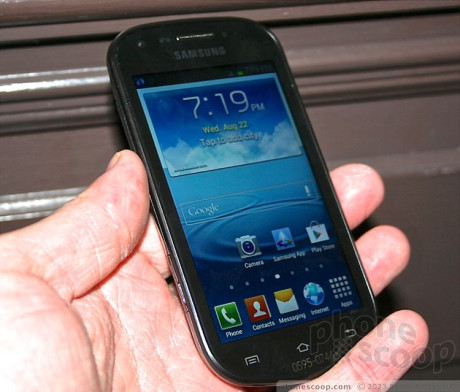
Samsung introduced a handful of new phones for Virgin Mobile USA and Boost Mobile, including some unique Galaxy-class devices. Here are our first impressions.
Reverb
The Samsung Galaxy Reverb, an exclusive for Virgin Mobile USA, is essentially a squashed version of the Galaxy S III. It uses similar design language and an identical build of TouchWiz, in a slightly shorter, narrow, and thicker package. Everything about the Reverb echoes (heh, get it?) what we've seen in the GS3.
It is a bit chubbier than the GS3, and the smaller screen size means that it has a smaller overall footprint in the hand. It's comfortable to hold, no doubt, and it has that plastic-y feeling for which Samsung's smartphones are known. It definitely is the best of the devices Virgin and Boost had on hand today, in terms of quality and build strength, by a wide margin.
The buttons sprinkled about the edges all felt pretty good. I noticed that the volume toggle worked really well, but the power/lock button was a bit off. The microUSB and 3.5mm headset jacks are all in typical locations.
The biggest draw of the Reverb, in my opinion, is the lush display and speedy performance of Android 4.0 and TouchWiz. It mimics perfectly the performance of TouchWiz on the higher-end GS3, with the same themes and features. The screen 4-inch display looks fantastic. Displays are one feature that Samsung really knows how to get right.
Everything about the Reverb's software felt fast. Screen transitions, apps, and other elements of the user interface reacted in a blink with no hesitations.
The lower-than-astronomical price point ($370) combined with the attractive low-cost plans offered by Virgin make the Galaxy Reverb a contender in the pre-paid market.
Rush
The Galaxy Rush is the latest phone from Samsung to grace the shelves of Boost Mobile. It carries the Galaxy name forward in a mid-range, slab-style phone akin to the Samsung Stratosphere or Lightray.
It's a chubby phone, but still manages to feel compact in the hand thanks to the smaller, 3.5-inch display. I like how it nestle into the palm, but the materials are decidedly lower in quality when compared to the Reverb. The battery cover, in particular, feels cheap and breakable. The design of the Rush isn't as classy as the Reverb, and definitely not as drool-worthy as the GS3, but it doesn't disappoint, either.
The buttons placed on the outer edge of the phone are all in their expected spots. The volume toggle and power/lock screen are easy to find and work well. The microSD card slot is stuck in the left side of the phone and is protected by an annoying hatch.
The user interface will be familiar to any tried-and-true Boost customer. It uses the Sprint/Boost iD concept, and can be customized with numerous themes and iD packs. The screen was not impressive at all, not in terms of resolution nor brightness.
The Rush's performance was so-so. It wasn't dreadful, but it wasn't speedy and fluid, either. My guess is most people who pay $150 for this pre-paid smartphone will feel that they got their money's worth.
Array
Samsung has an entire business dedicated to making sideways sliders that have QWERTY keyboards in addition to standard numeric dialpads. The Array (Boost) or Montage (payLo) is another such phone.
The Array/Montage is compact and has an excellent feel. Phones such as this used to be a dime a dozen, but now only show up once or twice a year as a low-end handset meant for pre-teens and young teens more concerned with text messaging than running smartphone apps.
Though it is a sideways slider, the Array/Montage has a slim profile. It's very narrow and could potentially be confused with a regular old slab phone it's so small. The materials are good, and I like the textures and surfaces. The Array is a bit darker and more conservative in overall appearance than the Montage, which has more gray and silver coloring.
The front houses the display, control cluster, and dialpad. The control cluster felt really good. The D-pad is perhaps a bit small, bit it had an excellent feel to it as far as travel and feedback are concerned. It is flanked by two multi-directional control keys that have raised edges and also offer great feedback. The dialpad has an excellent feel to it. It's small, for sure, but I had no trouble tapping on the keys to punch in some text.
The 2.4-inch display on the front of the phone looks decent, but is small and less pixel-rich than most smartphone owners are used to. The Array/Montage runs a Boost/Virgin-skinned version of Sprint's standard Java feature phone platform. The user interface feels the same on both, though each is adorned with the appropriate colors and emblems.
The slider mechanism is solid and I found it easy to open and close with a single hand. The keyboard is a bit too flat for me. The keys don't have enough shape, nor do they offer enough travel and feedback to really help make typing easier.
The Array hits streets in the coming weeks for just $60.
Comments
No messages


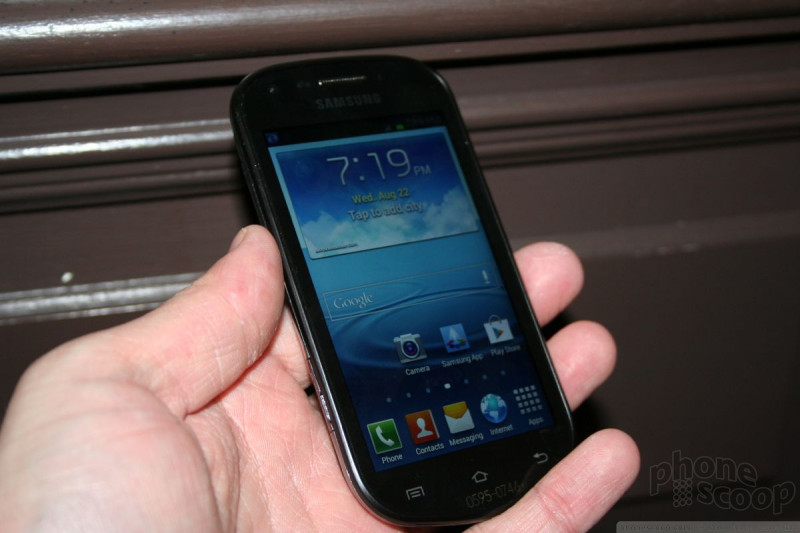








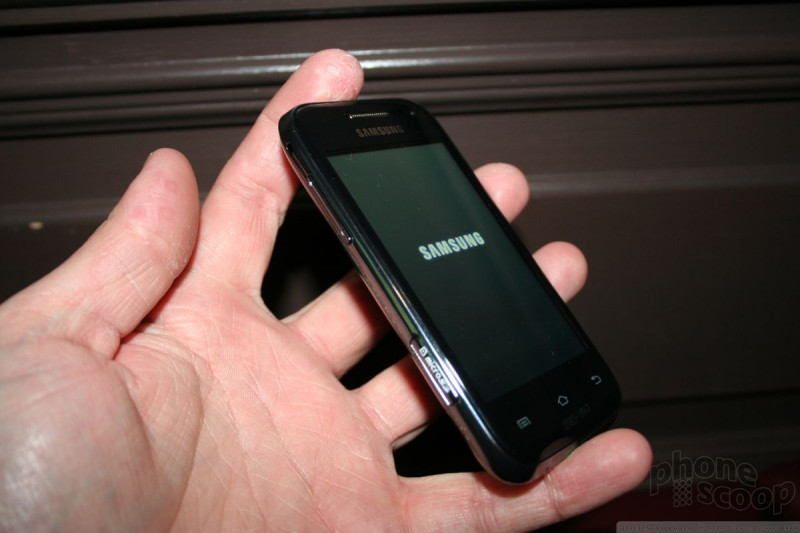
























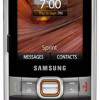 Samsung Array Available from Sprint for $20
Samsung Array Available from Sprint for $20
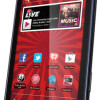 Virgin Launches Preorders for Samsung Galaxy Reverb
Virgin Launches Preorders for Samsung Galaxy Reverb
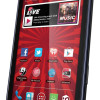 Virgin Mobile Intros the Samsung Galaxy Reverb
Virgin Mobile Intros the Samsung Galaxy Reverb
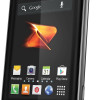 Boost Announces Samsung Galaxy Rush
Boost Announces Samsung Galaxy Rush
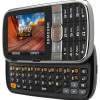 Samsung Montage Headed to Sprint as the Array
Samsung Montage Headed to Sprint as the Array
 Samsung Array / Montage
Samsung Array / Montage
 Samsung Galaxy Rush
Samsung Galaxy Rush
 Samsung Galaxy Reverb
Samsung Galaxy Reverb










